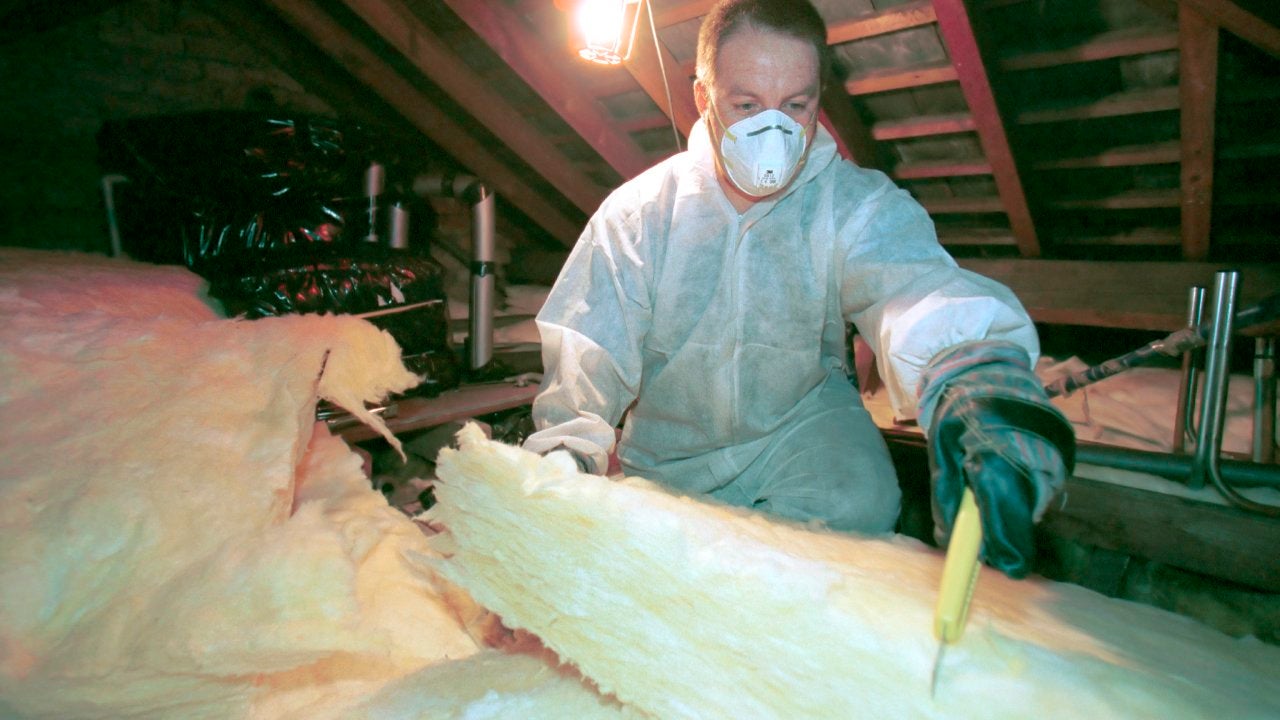How to budget DIY projects

DIY projects need to be planned and budgeted for. Of course, that’s true of any home remodeling job, but it’s especially so in this case, since saving money is a major reason why homeowners do their own renovations in the first place.
Here’s how to calculate the costs of a DIY home renovation, planning for all aspects of the project.
What does a DIY project budget include?
When it comes to creating a budget for your DIY project, it’s important to carefully anticipate and map out all possible expenses. Of course, they’ll vary, but here are some of the major elements of just about any job.
Permits
You often have to get permission from your locality before beginning a project — a fact many DIY-ers don’t realize — so construction permits are a good place to start. According to HomeGuide, building permits cost $50 to $300 for small jobs, and $500 to $2,000 for larger ones, on average. So total outlay can get quite expensive, notes Mindy Jensen, community manager of BiggerPockets, an online real estate resource platform that helps investors with topics ranging from finance to DIY projects. Jensen also hosts the BiggerPockets Money Podcast.
“When I worked on upgrading my house, the permit fees ended up costing us $7,500,” she says. That included post-project inspections for the finished job. “It may not be the case that inspections for work completed are included in the [permit] fee, so it’s worth the time to go into the permit office and ask questions,” Jensen adds.
Materials
Materials will make up a good portion of your DIY budget — in fact, they’ll probably be the bulk of the costs. Jensen says to carefully consider all the supplies you’ll need to complete the job. Sounds obvious, but there are a lot of things a non-pro can easily overlook. For instance, if you’re installing tile, you’ll not only need the tiles themselves, but grout, mastic and sealer.
So study up on the list of ingredients, or consult someone at your local home improvement store to make sure you know what materials are needed, and in what quantities. Don’t forget to account for delivery or shipping charges, too — even import duties, if you’re splurging on, say, that exotic granite from Brazil.
Tools and equipment
Many remodeling projects require special tools (or at least, the job will go much faster with them). And these can be a bit of an investment. For instance, a high-quality manual tile cutter — vital in the aforementioned tile-laying project — can easily run a few hundred dollars.
Smaller tools or gear you know will be handy for more than one project (think power drills or extended ladders) you may be better off purchasing. However, if it’s for a one-time-only job — like laying down a hardwood floor or replacing roof shingles — you may be able to rent them instead, which could save you some cash. Examples of such equipment include a cement mixer, deck sander, blower, air compressor or wet tile saw.
If you go this rental route (you can do it by the hour, day or week, typically) make sure you budget for a security deposit. And maybe for a few late fees, in case your timeline gets thrown off.
Finally, don’t forget dumpsters. If your job is going to incur a lot of debris, you’ll probably want to hire one to cart everything away.
Extras and surprises
Few jobs go 100 percent according to plan. Tools break, materials run short or get spoiled, or you find everything’s gone up in price since your initial estimate — or takes longer to do. Whatever the reason may be, build some extra into the balance sheet. Jensen suggests budgeting an extra 20% as a cushion.
Other costs to consider when planning a DIY project
Aside from the money you’ll be spending on materials and tools, here’s what else you may want to consider in drawing up your DIY master plan.
Your skills
Knowing how well-prepared you are to tackle your DIY project is key: You may have to pay to educate yourself. If it’s a minor project, you may be able to get by with free resources, such as YouTube videos or chatting with someone at the home improvement store. However, for more complex or skilled projects, you may want to budget money for a book, a Blu-Ray or even a class, so you know exactly how to get the job done right.
Your time
Jensen highly recommends homeowners research all the moving parts of a DIY renovation job not just to understand how to do it, but so they’ll know how long it could take. Sketch out an approximate schedule, and err on the long side, building in time for do-overs and possible delays.
Also include time you may want to practice skills and get the hang of the gear before tackling the project itself.
A pro’s services
Depending on your project, you may have to pay for a licensed professional to complete certain tasks — typically those involving electrical wiring or plumbing, or both: installing a new washer/dryer in your revamped kitchen, a standalone shower for the enlarged bathroom or cables in the newly finished basement. Some jobs take specialized skills, and it can save you time and money in the long run to pay someone else to do it, because they can just move faster than you can. Notes Jensen: “If you knew the project would take you 47 hours to complete, but a pro could do it in five, that might be worth hiring out.”
You may also want to pay for a demi-DIY job, working under a contractor’s supervision: You do most of the heavy lifting while the pro guides you along the way. While you may end up spending more — a general contractor typically adds 10 percent to 20 percent to the total tab — having something done right the first time (avoiding mistakes and costly overruns) could be well worth it.
The bottom line on budgeting for a DIY project
Planning and budgeting your DIY home improvement job serves several purposes. “Knowing what goes into a project can be the deciding factor on whether or not you even want to do it, let alone DIY it,” Jensen says.
Even if you’re set on doing it all yourself, it pays to get a sense of your costs — your real costs, and not just the immediate savings in labor. To that end, you might also augment your DIY project budget with a quote from a contractor, just to be sure it’s worth putting in the effort to do it yourself.
You may also like

What is an HO-3 insurance policy for homeowners?

How to write a business plan: Everything you need to know

Which DIY projects save the most money?



